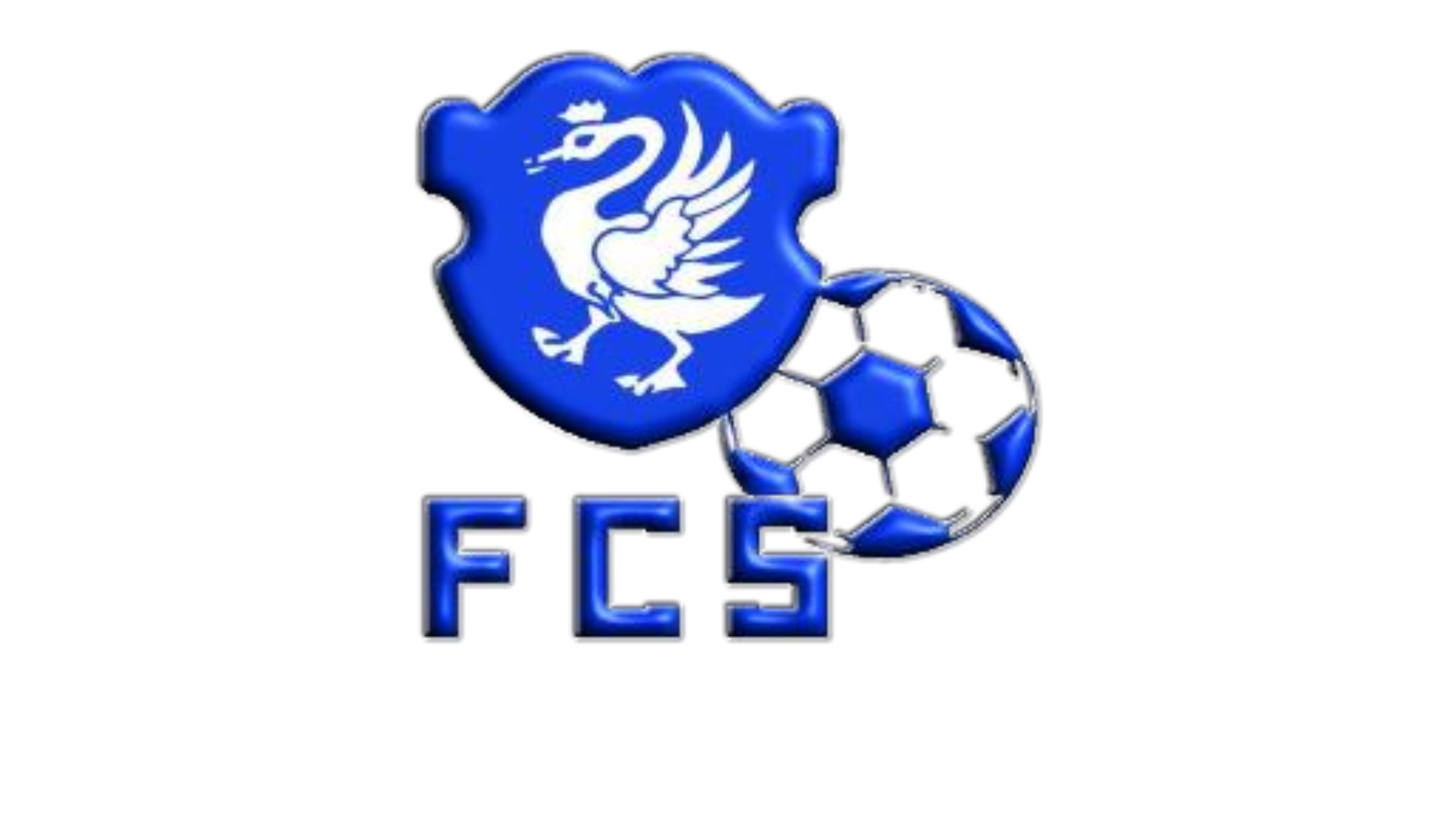1. Introduction: The Question of Protection from Cosmic Forces
Throughout history, humanity has been captivated by the vastness of the universe and the mysterious forces that govern it. Cosmic forces refer to the powerful, often unseen energies and phenomena—such as solar flares, cosmic radiation, gravitational waves, and celestial disasters—that originate beyond Earth’s atmosphere and threaten our existence. Understanding these forces is vital not only for scientific exploration but also for grasping how humans perceive safety in an unpredictable universe.
From ancient civilizations to modern society, the human quest for protection against these cosmic threats has taken many forms. Cultures worldwide have developed mythologies, symbols, and rituals aimed at safeguarding individuals and communities from cosmic chaos. This article explores how elements and symbols—both ancient and modern—serve as metaphors and, in some cases, perceived defenses against the universe’s immense powers.
- Understanding Cosmic Forces Through Mythology
- Symbols and Elements as Protective Archetypes
- Gothic and Mystical Spaces as Protective Arenas
- Modern Interpretations: From Myth to Media
- Can Elements Physically Protect Us? Scientific and Philosophical Perspectives
- Non-Obvious Dimensions of Protection: Psychological and Collective Subconscious
- Future Outlook: Integrating Myth, Symbolism, and Science in Cosmic Defense
- Conclusion: Synthesizing Myth and Modernity in Humanity’s Cosmic Defense
2. Understanding Cosmic Forces Through Mythology
a. Common mythological themes depicting cosmic threats and defenses
Mythologies across cultures frequently portray cosmic threats such as chaos, darkness, and destructive celestial events. These threats are often depicted as primordial forces that must be contained or opposed by divine or heroic figures. For example, in Mesopotamian myths, Tiamat, a chaos dragon, embodies cosmic disorder, while in Greek mythology, the Titan Cronus represents a force opposing cosmic order.
b. The role of mythical creatures and symbols in guarding against cosmic chaos
Mythical creatures such as dragons, serpents, and guardian beasts symbolize the containment of cosmic chaos. These entities serve as protectors, often placed at the borders of the known world or sacred spaces to ward off destructive forces. Symbols like the ouroboros (a serpent eating its tail) represent eternal cycles and the containment of chaos within order.
c. Case studies: Mythical guardians from different cultures
| Culture | Mythical Guardian | Role/Significance |
|---|---|---|
| Ancient Egypt | Sphinx | Guarding sacred spaces and knowledge, symbolizing divine protection |
| Chinese Mythology | Azure Dragon | Symbolizes protection, power, and the eastern sky |
| Norse Mythology | Jörmungandr (World Serpent) | Represents chaos but also the boundary of the known world |
3. Symbols and Elements as Protective Archetypes
a. The significance of natural elements (fire, water, earth, air) in safeguarding humanity
Throughout history, humans have associated natural elements with protective qualities. Fire symbolizes purification and destruction of evil, water signifies cleansing and renewal, earth offers stability and grounding, and air represents communication and the breath of life. These elements have been central in rituals, mythologies, and spiritual practices aimed at warding off cosmic threats.
b. How elements are represented in myth and ritual as protectors
In many cultures, elements are personified or embodied in sacred objects and rituals. For instance, fire-walking ceremonies invoke the protective power of flames, water rituals cleanse spiritual impurities, and earth altars serve as focal points for spiritual protection. These practices reinforce the idea that elemental forces can serve as barriers against cosmic chaos.
c. The psychological impact of elemental symbolism in facing cosmic unknowns
Symbolism of elements provides psychological comfort by creating a sense of control and connection to natural forces. The act of lighting a fire or pouring water during rituals can foster hope and resilience when confronting fears of cosmic phenomena, transforming abstract threats into tangible symbols of safety.
4. Gothic and Mystical Spaces as Protective Arenas
a. The architecture of graveyards and their symbolic role in confronting mortality and cosmic forces
Historically, graveyards—especially Gothic cemeteries—serve as liminal spaces between life and death, embodying the confrontation with mortality and the cosmic mystery of existence. Their architecture, with towering spires, crypts, and mausoleums, creates an environment that symbolizes the boundary between the earthly and the divine or cosmic realm.
b. The archetype of the graveyard: from gothic structures to modern interpretations
Modern stories often depict graveyards as places of spiritual guardianship and renewal. Gothic literature used these spaces to symbolize the transition between worlds, while contemporary media, such as films and games, continue to explore their protective symbolism in confronting cosmic horror or existential threats.
c. The significance of hooded figures: anonymity, inevitability, and spiritual guardianship
Hooded figures in gothic and mystical spaces often signify spiritual guardians or mysterious protectors. Their anonymity suggests universality and the inevitability of cosmic forces, serving as symbols of spiritual protection that transcend individual identity, fostering a collective sense of resilience.
5. Modern Interpretations: From Myth to Media
a. How contemporary stories and entertainment depict elements and symbols as cosmic protectors
Modern media, including films, video games, and literature, frequently incorporate elemental symbolism to depict cosmic protection. Characters wielding fire or water powers, or symbols like shields or amulets, serve as metaphors for resilience against cosmic threats. These narratives reinforce the idea that elemental forces can be harnessed or embodied to confront the universe’s chaos.
b. Case study: PHOENIX GRVEYARD TWO as a modern example of rebirth and protection themes
In the digital art space, “Phoenix Graveyard 2” exemplifies how contemporary creators interpret ancient themes of rebirth and renewal. The phoenix, a mythic bird rising from ashes, symbolizes hope and resilience against cosmic chaos—a fitting metaphor for humanity’s ongoing struggle to find safety amid the universe’s vast uncertainties. This modern artwork illustrates how timeless principles continue to inspire new forms of symbolic protection.
c. The role of art and storytelling in shaping our understanding of cosmic defense
Artistic expressions serve as powerful tools for transmitting complex ideas about cosmic protection. Through mythic storytelling, visual symbolism, and immersive media, societies reinforce collective resilience and inspire hope. These narratives foster a psychological shield, helping individuals face existential fears with renewed strength.
6. Can Elements Physically Protect Us? Scientific and Philosophical Perspectives
a. The difference between symbolic protection and physical defense
While symbols and elements serve as potent metaphors and psychological anchors, their capacity for physical protection is limited. Scientific understanding shows that elemental forces like fire or water cannot prevent cosmic phenomena such as gamma-ray bursts or asteroid impacts. Instead, their role is primarily symbolic, fostering mental resilience and cultural cohesion.
b. The influence of cultural beliefs on perceptions of safety against cosmic phenomena
Cultural narratives shape how societies interpret threats and safety strategies. For example, some cultures view sacred objects imbued with elemental symbolism as talismans that can ward off cosmic harm. While scientifically unproven, these beliefs influence community behaviors and psychological preparedness.
c. Exploring the limits of symbolic protection in the face of real cosmic forces
Ultimately, scientific evidence indicates that physical protection against cosmic events requires technological intervention—such as asteroid deflection or space radiation shielding—beyond symbolic acts. Nonetheless, symbols remain crucial for maintaining hope and psychological stability in the face of cosmic uncertainties.
7. Non-Obvious Dimensions of Protection: Psychological and Collective Subconscious
a. How collective myths and symbols influence human resilience
Shared myths and symbols provide a sense of community and continuity, essential for psychological resilience. They act as collective anchors, helping societies endure crises and cosmic fears. For instance, the recurring motif of rebirth—embodied by the phoenix—reminds us that destruction often precedes renewal.
b. The power of ritual and symbolism in psychological protection against existential fears
Rituals involving elemental symbolism—such as lighting fires or water purification—foster a sense of control over chaos. These acts not only reinforce cultural identity but also provide psychological comfort, enabling individuals to confront fears of cosmic insignificance.
c. The potential for symbols like phoenixes and gothic elements to foster hope and renewal
Symbols like the phoenix serve as potent reminders that even in the face of cosmic destruction, renewal is possible. Gothic elements, with their focus on mortality and the afterlife, encourage reflection on the cyclical nature of existence and collective resilience.
8. Future Outlook: Integrating Myth, Symbolism, and Science in Cosmic Defense
a. Emerging technologies inspired by mythological symbolism
Innovations such as biomimicry—designing technology based on natural and mythic symbols—are emerging. For instance, spacecraft inspired by the resilience of mythic creatures like the phoenix could incorporate self-repair mechanisms or adaptive shields, merging symbolism with scientific advancement.
b. The importance of cultural narratives in scientific exploration of cosmic phenomena
Cultural stories motivate scientific endeavors by embedding cosmic phenomena within meaningful narratives. They inspire curiosity and resilience, fostering a holistic approach to understanding and mitigating cosmic risks.
c. Ethical considerations: Myth and reality in humanity’s ongoing quest for safety from cosmic forces
As we develop advanced technologies, ethical questions arise regarding the use of myth-inspired symbols versus empirical science. Balancing cultural symbolism with scientific rigor is essential to ensure responsible exploration and protection strategies.
9. Conclusion: Synthesizing Myth and Modernity in Humanity’s Cosmic Defense
In summary, elements, symbols, and myth serve as powerful metaphors that shape our collective understanding of cosmic protection. While these symbols may not offer physical defense, they are vital in fostering psychological resilience and hope amid the universe’s vast uncertainties. The enduring human desire for security reflects a deep


